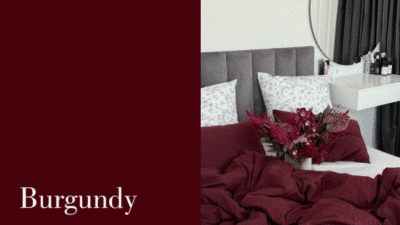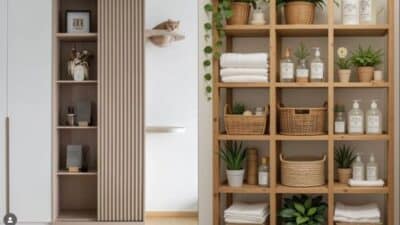Ever wonder how some homes just radiate a calm, serene vibe, even when they’re bustling with life? Chances are, you’ve stumbled upon the magic of scandinavian decor. It’s not just a trend; it’s a lifestyle philosophy that champions simplicity, functionality, and a deep connection to nature. Imagine stepping into a space that feels bright, airy, and incredibly cozy all at once, free from unnecessary clutter yet rich in warmth and texture. That’s the heart of casual Scandinavian style. This approach to decorating isn’t about rigid rules or unattainable luxury; it’s about creating a home that nurtures well-being, makes everyday living easier, and looks effortlessly chic. If you’re dreaming of transforming your space into a peaceful sanctuary, a slice of Nordic tranquility, you’re in the right place. We’ll explore how to bring this timeless aesthetic into your home, making it feel both stylish and incredibly livable.
What is Scandinavian Decor Anyway? The Roots of Effortless Style
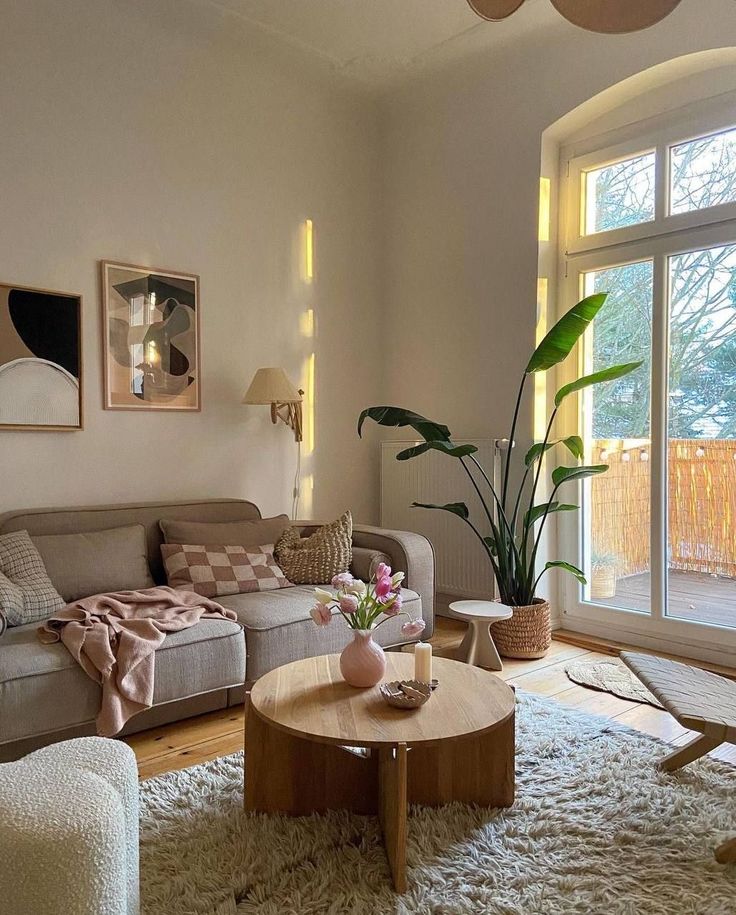
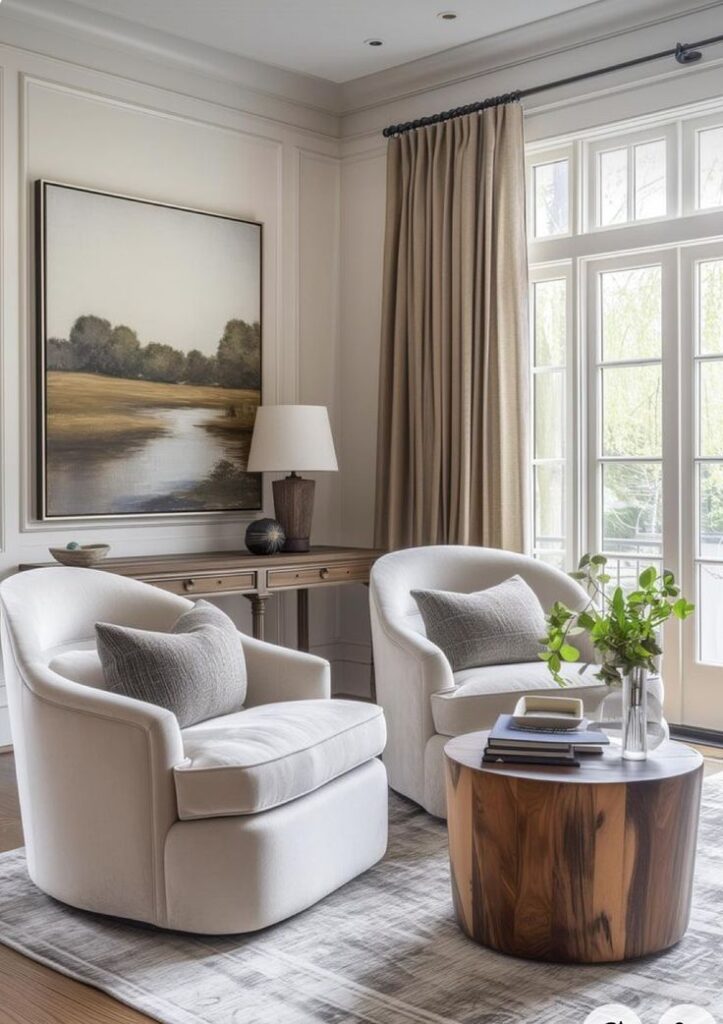
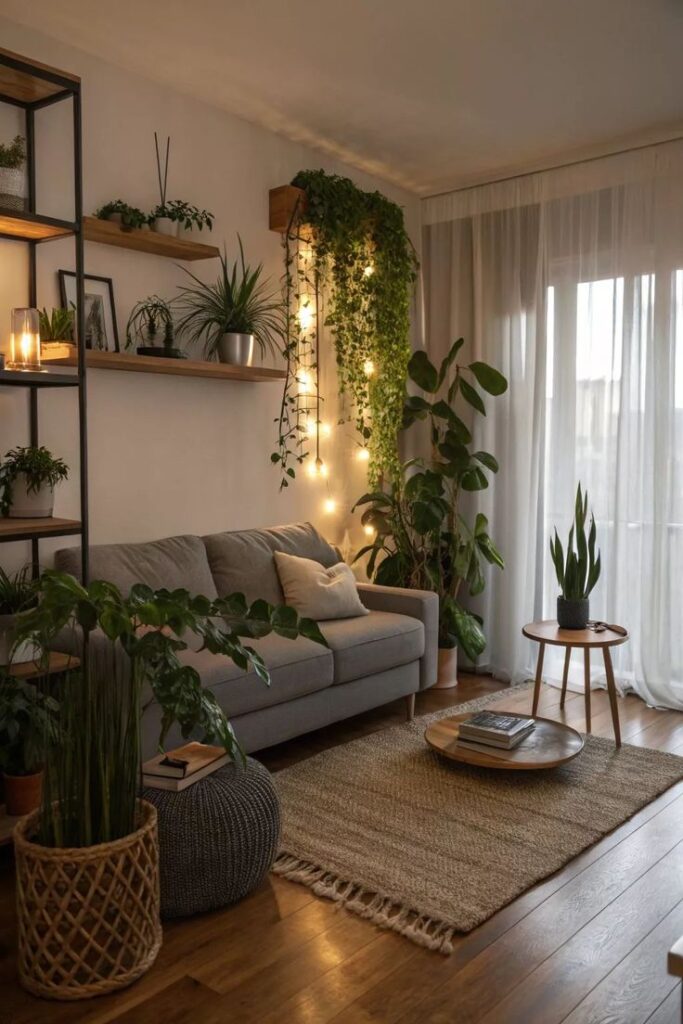
Before we dive into how to achieve this look, let’s get to grips with what Scandinavian decor truly is. This design movement originated in the Nordic countries – Denmark, Norway, Sweden, Finland, and Iceland – in the early 20th century, truly coming into its own in the 1950s. Its core principles were born out of a desire for accessible, functional, and beautiful design for everyone, regardless of social standing. Faced with long, dark winters, Nordic designers sought to create interiors that maximized natural light, promoted comfort (a concept encapsulated by the Danish word “hygge”), and utilized local natural resources.
At its heart, Scandinavian design is a celebration of minimalism, but with a warm, inviting twist. It’s not about stark, empty rooms, but about purposeful living, where every item serves a function and adds to the overall sense of peace. Think clean lines, uncluttered spaces, and a harmonious blend of form and function. This style has a unique ability to make even small rooms feel expansive and welcoming.
The core characteristics you’ll see woven throughout Scandinavian homes include:
- Simplicity and Minimalism: Not bare, but intentionally sparse. Every piece has a reason to be there.
- Functionality: Furniture and decor aren’t just pretty; they serve a practical purpose.
- Natural Materials: Wood, wool, cotton, linen, leather, and ceramics are kings. They add warmth and organic texture.
- Light and Brightness: White and light colors dominate, reflecting natural light and combating dark winters.
- Connection to Nature: Indoor plants, natural wood, and organic shapes bring the outdoors in.
- Hygge and Coziness: The feeling of comfort, warmth, and contentment is paramount. This comes through soft textiles, ambient lighting, and inviting arrangements.
Pros and Cons

| Pros | Cons |
|---|---|
| – Creates a calm, serene, and uncluttered environment. | – Can feel too stark or impersonal if not balanced with warmth. |
| – Promotes functionality and practicality in everyday living. | – Initial investment in quality, minimalist furniture can be higher. |
| – Highly adaptable and timeless; won’t go out of style quickly. | – Requires discipline to maintain clutter-free spaces. |
| – Emphasizes natural light, making spaces feel larger and brighter. | – Limited color palette might not appeal to those who love vibrant hues. |
| – Incorporates natural elements, fostering a connection to the outdoors. | – Can feel overly trendy if not executed authentically. |
The Pillars of Casual Scandinavian Style
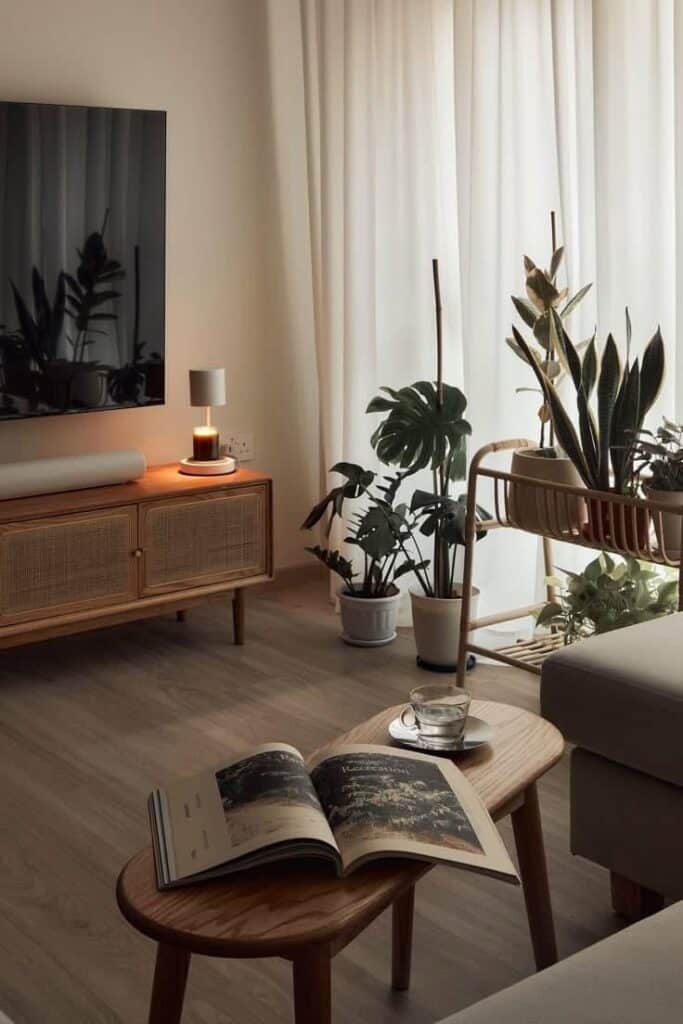

To truly nail the casual Scandinavian look, you need to understand its foundational principles. These aren’t just aesthetic choices; they’re integral to the philosophy.
Simplicity & Minimalism: Less is More, But Warmer
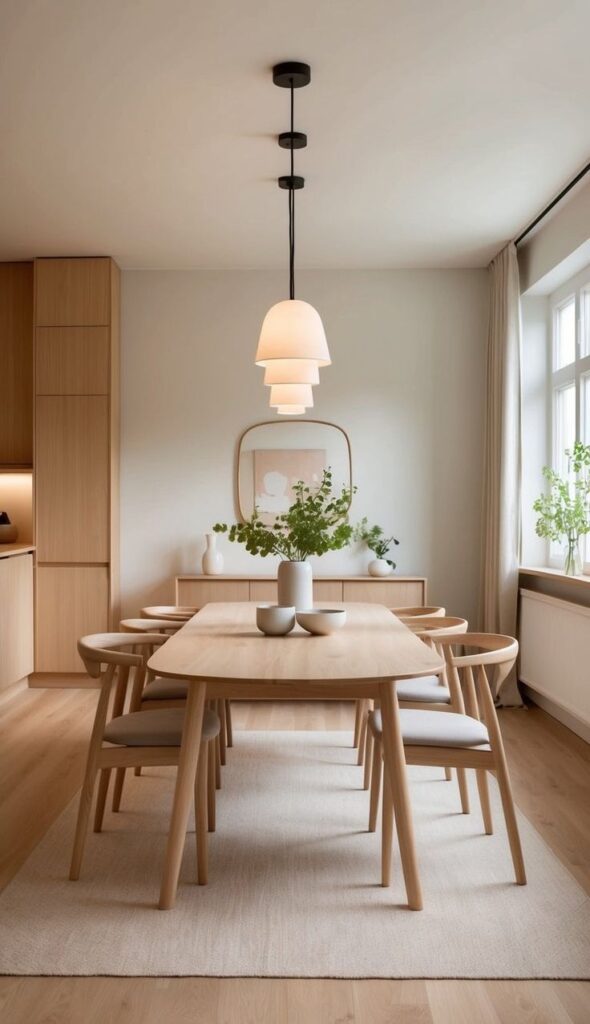
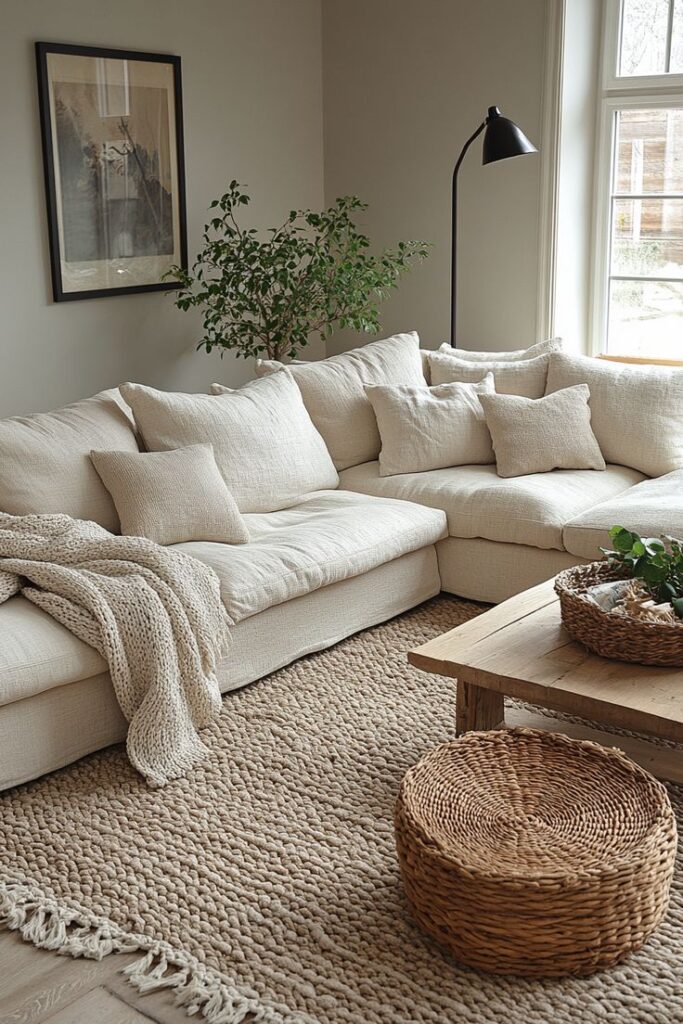
This is perhaps the most recognizable trait. Scandinavian homes embrace a “less is more” approach. This doesn’t mean empty rooms, but rather well-curated spaces where every item has a place and purpose. The goal is to reduce visual clutter, allowing the eye to rest and appreciate the beauty of each piece. Think about multifunctional furniture and clever storage solutions that keep things tidy without feeling hidden away. A minimalist foundation allows natural light to flow freely and highlights the quality of materials and craftsmanship.
Neutral Color Palettes: A Canvas for Calm
The color scheme in Scandinavian decor is typically soft, muted, and inspired by nature. White is often the dominant base color for walls, creating a bright and airy backdrop. This is then layered with shades of grey, beige, cream, and soft pastels like dusty blue or muted green. These colors not only maximize light but also evoke a sense of calm and tranquility. Wood tones, from light birch to medium oak, are essential for adding warmth and grounding the palette. Remember, while the base is neutral, subtle pops of color can come from art, a throw pillow, or a vibrant plant.
Natural Materials: Texture and Authenticity
This is where the coziness truly comes in. Scandinavian design heavily relies on natural materials to add texture, warmth, and an organic feel.
- Wood: Light-colored woods like birch, ash, and pine are prevalent in furniture, flooring, and decorative accents.
- Textiles: Wool, cotton, linen, and sheepskin are used extensively for throws, rugs, cushions, and curtains. These materials add softness and invite touch.
- Leather: Often seen in furniture upholstery, providing durability and a sophisticated touch.
- Ceramics and Glass: Handmade pottery, simple glass vases, and stoneware dinnerware add an artisanal, personal feel.
Hyggelig Touches: Embracing Coziness
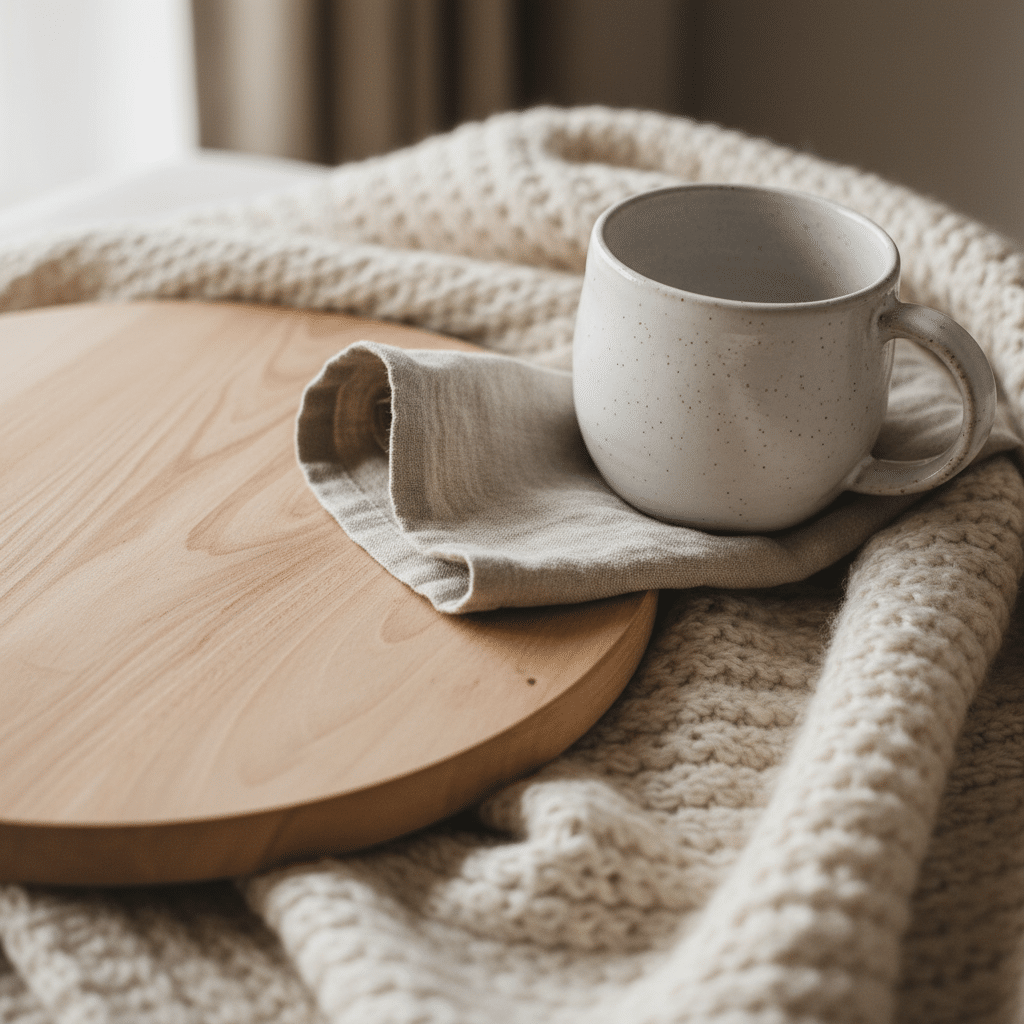
“Hygge” (pronounced hoo-gah) is the Danish concept of coziness, comfort, and contentment, often associated with enjoying the simple things in life. In decor, this translates to creating an inviting, warm, and secure atmosphere. It’s about more than just aesthetics; it’s about feeling.
- Warm Lighting: Think multiple light sources with soft, diffused light – candles, lamps with warm bulbs, string lights.
- Soft Textiles: Layered throws, plush rugs, and an abundance of cushions encourage lounging and relaxation.
- Personal Touches: Family photos, cherished objects, and handmade items contribute to a sense of home.
Functionality & Practicality: Design for Living
Every design choice in a Scandinavian home is deeply rooted in practicality. Furniture is designed to be comfortable and useful, often featuring clever storage solutions. Clutter is minimized because things are designed to be easily stored or displayed purposefully. This approach makes daily life smoother and more enjoyable, emphasizing a stress-free living environment. It’s about designing a space that works for you, not against you.
Bringing Scandinavian Style to Every Room
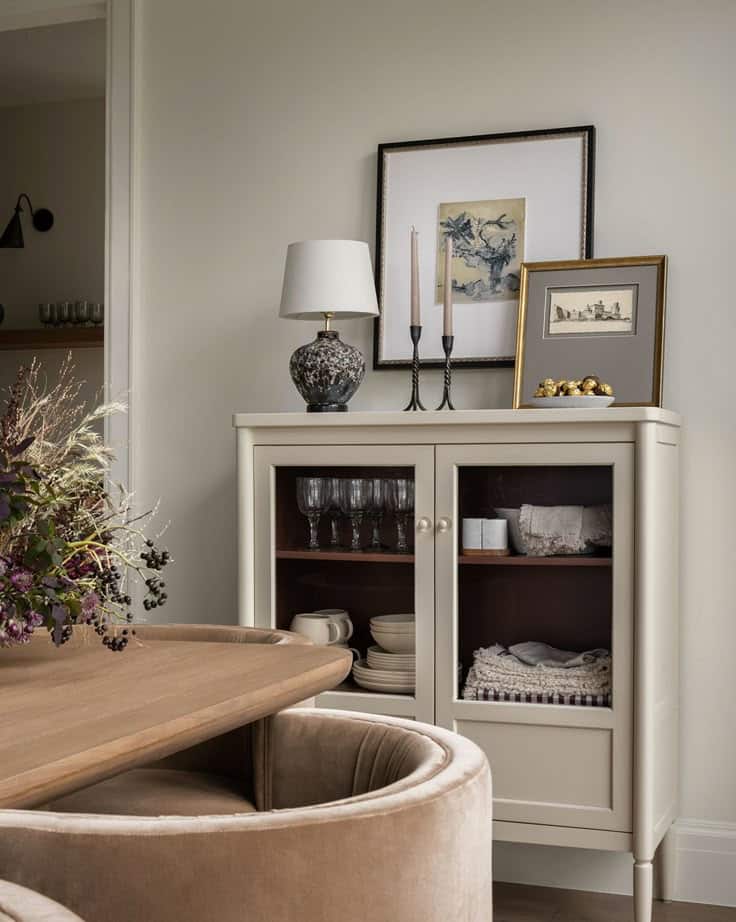
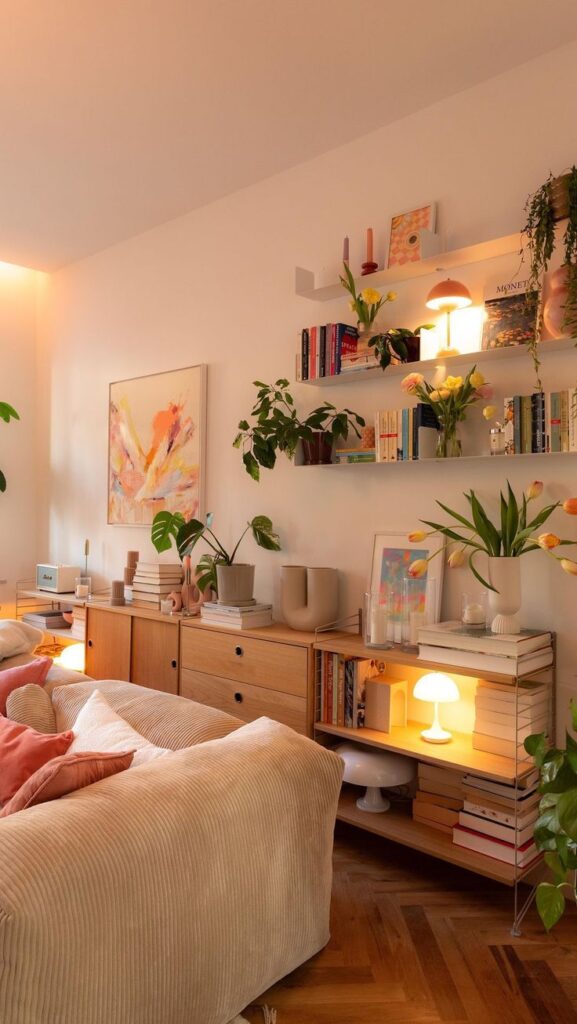

Let’s break down how these principles can be applied throughout your home, room by room, to create a cohesive and casually chic Scandinavian vibe.
Living Room: The Heart of Hygge
Your living room is often the central gathering spot, so making it feel welcoming is key.
- Seating: Opt for a comfortable sofa with clean lines, perhaps in a neutral color like grey, beige, or off-white. Add an armchair or two, upholstered in a natural fabric or with a light wood frame.
- Textiles: Layer, layer, layer! Drape a chunky knit throw over the sofa, scatter some linen or wool cushions, and ground the space with a soft, natural fiber rug (jute, wool, or cotton).
- Coffee Table: Choose a simple wooden coffee table, perhaps with some hidden storage, or a minimalist metal design. Keep it clear of clutter.
- Lighting: Incorporate various light sources: a tall floor lamp for ambient light, a smaller table lamp for a cozy glow, and don’t forget candles.
- Storage: Minimalist shelving or a sleek sideboard can hold books and a few curated decorative items.
Bedroom: A Serene Retreat
The bedroom in a Scandinavian home is all about creating a calm, restorative sanctuary for rest.
- Bed: A simple bed frame, often made of light wood, is ideal. Avoid ornate headboards.
- Bedding: Crisp white or light-colored linen or cotton bedding is a must. Layer with a cozy wool throw or a sheepskin for added warmth and texture. The goal is comfort without fuss. To achieve a truly luxurious feel in your Scandinavian-inspired bedroom, consider investing in high-quality bedding and thoughtful accessories that make your sleep space a haven. You can find excellent advice on creating such an environment by exploring tips on how to create a luxury sleep experience at home without breaking the bank.
- Nightstands: Minimalist nightstands, often small wooden cubes or simple tables, should hold only essentials – a book, a small lamp, and perhaps a delicate plant.
- Lighting: Soft, ambient lighting is paramount. A simple pendant light, wall-mounted lamps, or small table lamps with warm bulbs are perfect.
- Clutter-Free: Keep surfaces clear. Smart storage under the bed or a simple, functional dresser will keep clothes organized and out of sight.
Dining Room: Simple Gatherings
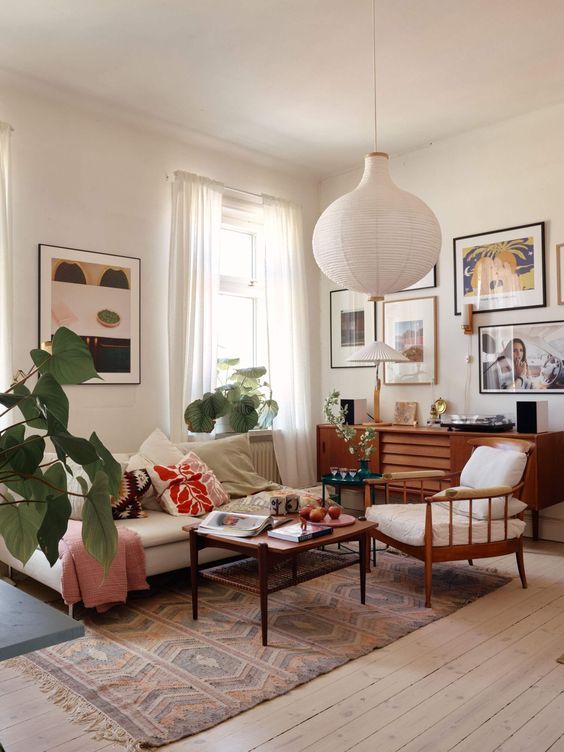
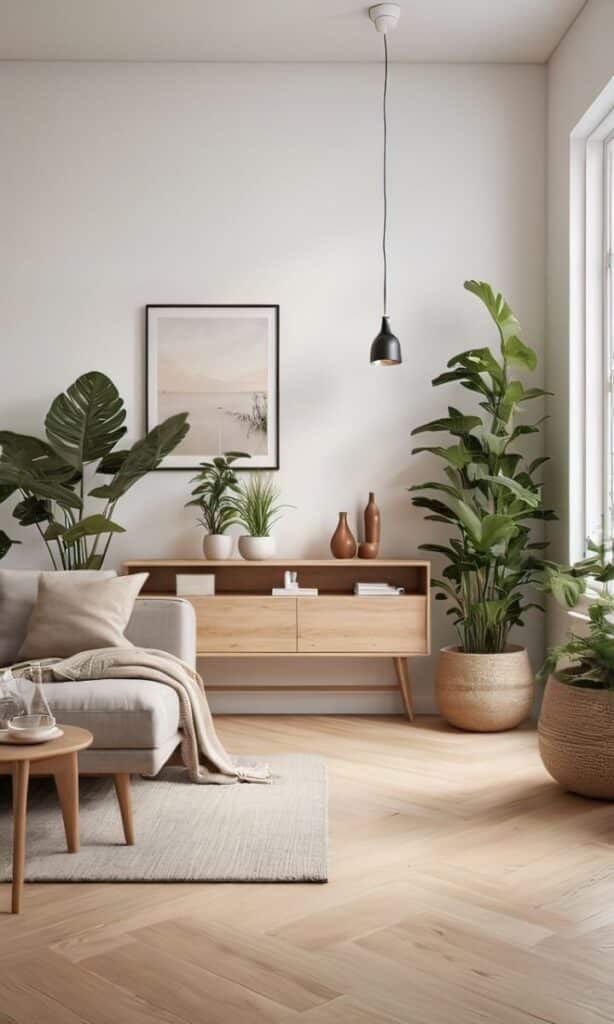
The Scandinavian dining room is functional, inviting, and designed for easy entertaining.
- Table: A sturdy wooden dining table, often in a light or medium tone, is central. Look for clean lines.
- Chairs: Mix and match simple, comfortable chairs, perhaps with different wood finishes or a combination of wood and metal.
- Lighting: A statement pendant light above the table can add a touch of design flair while providing ample light.
- Decor: Keep tabletop decor minimal – a simple vase with fresh flowers or a bowl of fruit.
- Storage: A functional sideboard can provide storage for dinnerware and linens.
Kitchen: Clean Lines, Maximum Efficiency
Scandinavian kitchens are a masterclass in efficiency and understated elegance. For more specific ideas, you might want to check out general 15 kitchen decor ideas which often align well with the minimalist, functional aspects of Nordic design.
- Cabinetry: Opt for flat-front cabinets in white, light grey, or light wood. Handleless designs enhance the seamless look.
- Countertops: Simple, durable countertops in light colors or natural wood.
- Open Shelving: A few open shelves can display beautiful stoneware or simple ceramics, adding a touch of personality without creating clutter.
- Appliances: Integrated appliances help maintain clean lines.
- Lighting: Task lighting under cabinets combined with subtle overhead lighting.
- Minimal Decor: Keep counter spaces clear. A cutting board, a minimalist utensil holder, and a small potted herb plant are often all you need.
Bathroom: A Spa-Like Sanctuary

Even bathrooms benefit from the Scandinavian touch, transforming them into calm, spa-like spaces. If you’re considering a larger overhaul, understanding how to transform your space with expert bathroom remodeling can provide valuable insights into creating a functional and aesthetically pleasing Scandinavian-inspired bathroom.
- Tiles: White, light grey, or natural stone tiles create a clean base.
- Fixtures: Sleek, minimalist fixtures in chrome or matte black.
- Storage: Wall-mounted vanity units or simple wooden shelving keep toiletries out of sight.
- Textiles: Plush white or grey towels add to the luxurious, clean feel.
- Greenery: A small potted plant adds a touch of life.
Home Office/Workspace: Productive Serenity
A Scandinavian-inspired home office is all about focus and efficiency.
- Desk: A simple, sturdy wooden desk with clean lines.
- Chair: An ergonomic yet stylish office chair.
- Storage: Floating shelves or a minimalist drawer unit for organization.
- Minimal Decor: Keep distractions to a minimum. A desk lamp, a small plant, and perhaps a simple piece of art.
Key Elements to Master the Look
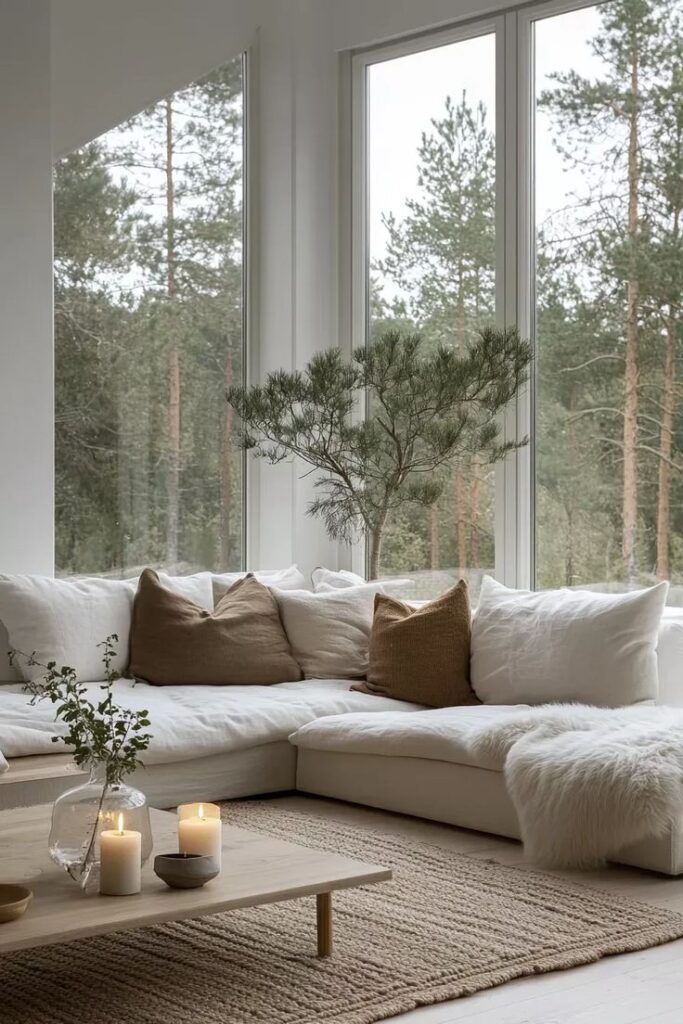
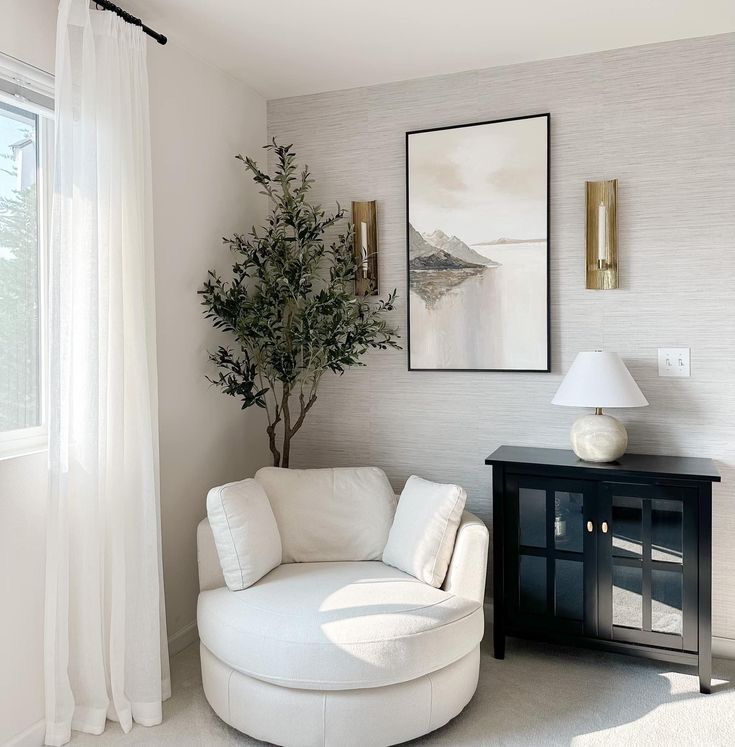
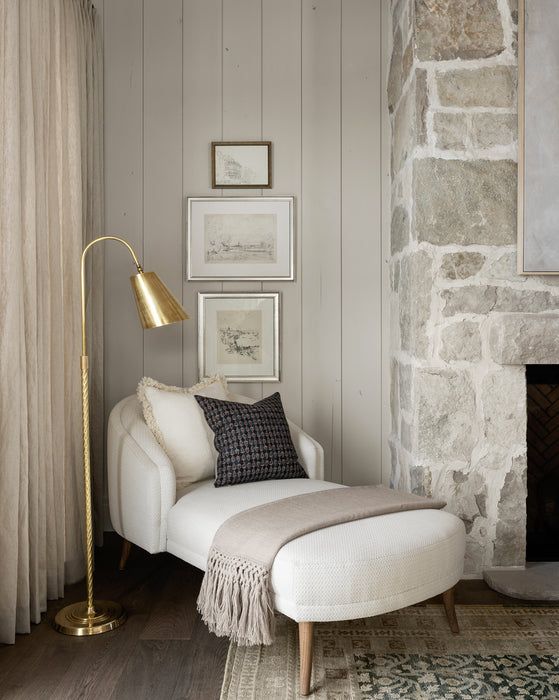
Beyond the room-by-room breakdown, focusing on these specific elements will help you truly capture the essence of casual Scandinavian decor.
Furniture: Form Meets Function
Scandinavian furniture is renowned worldwide for its timeless appeal. Look for pieces with:
- Clean Lines: Simple, uncluttered silhouettes.
- Light Woods: Birch, ash, oak, and pine are common.
- Ergonomics: Comfort and usability are paramount.
- Versatility: Pieces that can serve multiple purposes or adapt to different needs. Think about iconic designs like the Wishbone Chair or a sleek Eames Lounge Chair for inspiration, though more affordable replicas abound.
Textiles: The Art of Layering
Textiles are crucial for bringing warmth and softness to minimalist spaces.
- Rugs: Large, soft rugs (wool, jute, or cotton) define areas and add warmth underfoot.
- Throws: Drape chunky knit wool throws, linen blankets, or faux sheepskins over sofas and chairs.
- Cushions: Mix and match textures – linen, cotton, velvet, wool – in neutral or subtle pastel shades.
- Curtains: Sheer, lightweight linen or cotton curtains allow maximum light penetration while offering privacy.
Lighting: Illuminating Hygge
Lighting is not just functional; it’s a mood creator in Scandinavian homes.
- Maximize Natural Light: Keep windows unobstructed. Use sheer curtains or blinds.
- Ambient Lighting: Overhead lights (pendants, flush mounts) with warm-toned bulbs.
- Task Lighting: Lamps for reading (floor lamps, table lamps).
- Accent Lighting: Candles, string lights, or small decorative lamps create a cozy glow. Look for fixtures with simple, often geometric shapes, or iconic designs like the PH Artichoke lamp for inspiration.
Greenery: Bringing Nature Indoors
A connection to nature is vital in Scandinavian design. Adding indoor plants is one of the easiest ways to inject life and freshness into your space. For tips on incorporating more natural elements into your living spaces, explore resources on indoor plants home.
- Types: Fiddle leaf figs, monsteras, snake plants, and succulents are popular choices due to their architectural forms and relatively easy care.
- Pots: Use simple, natural pots made of terracotta, ceramic, or woven baskets.
- Placement: Cluster plants, place a tall plant in a corner, or add small plants to shelves and tables.
Art & Decor: Thoughtful Touches

Keep decorative items minimal and meaningful.
- Art: Simple, abstract prints, nature-inspired photography, or black and white line drawings often adorn walls. Frameless art or art in simple light wood frames works best.
- Vases & Ceramics: Hand-thrown pottery or minimalist glass vases with single stems or branches.
- Personal Objects: A few carefully chosen personal items that tell a story – travel souvenirs, family heirlooms – add character without clutter.
Storage Solutions: Out of Sight, Not Out of Mind
Effective storage is the backbone of a clutter-free Scandinavian home.
- Built-ins: Custom built-in shelving or cabinets can provide seamless storage.
- Multifunctional Furniture: Coffee tables with hidden compartments, ottomans with storage.
- Baskets: Woven baskets are perfect for corralling blankets, magazines, or toys.
- Open Shelving: Use sparingly for displaying beautiful, curated items.
Budget-Friendly Scandinavian Decor Tips
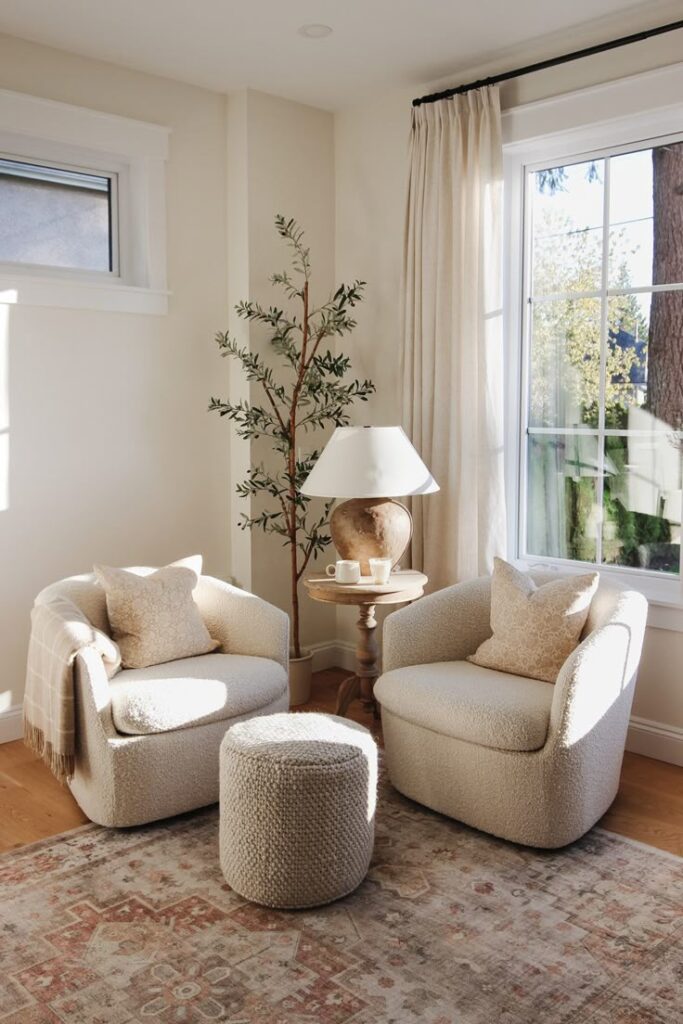
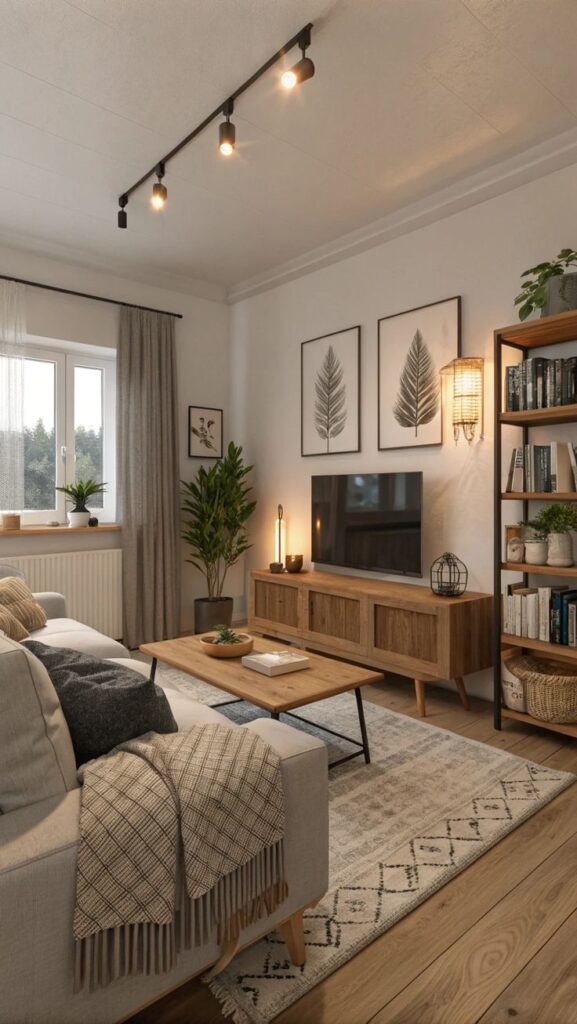
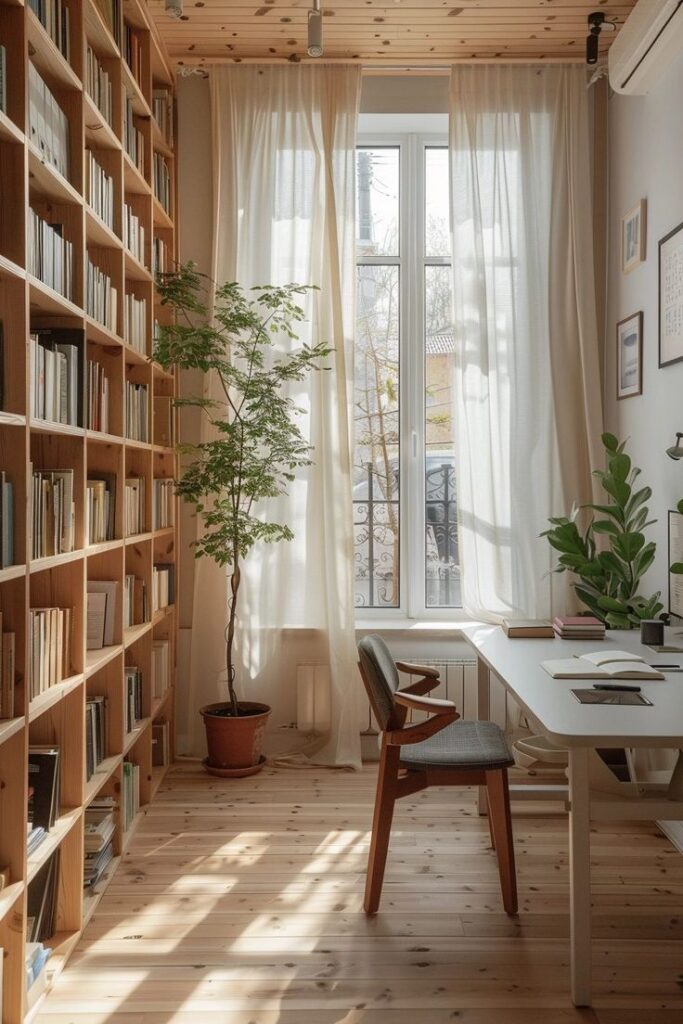
You don’t need a massive budget to achieve this elegant style. Here’s how to do it smartly:
- Thrift Store Finds: Look for solid wood furniture that can be sanded and refinished. Simple ceramic vases, vintage lamps, or woven baskets are also great finds.
- DIY Projects: Paint old furniture white or light grey. Create your own minimalist art. Macrame wall hangings or knitted throws can add texture.
- Focus on Essentials: Start with the big pieces – a good sofa, a simple bed frame – and build up slowly. Don’t feel pressured to fill every corner immediately.
- Paint Power: A fresh coat of white or light grey paint on walls can instantly brighten and modernize any room, setting the perfect Scandinavian backdrop.
- Embrace Plants: They are relatively inexpensive and instantly bring life and color.
- Shop Smart for Textiles: Look for sales on linen duvet covers, wool throws, and cotton rugs at major retailers or online marketplaces.
Common Mistakes to Avoid

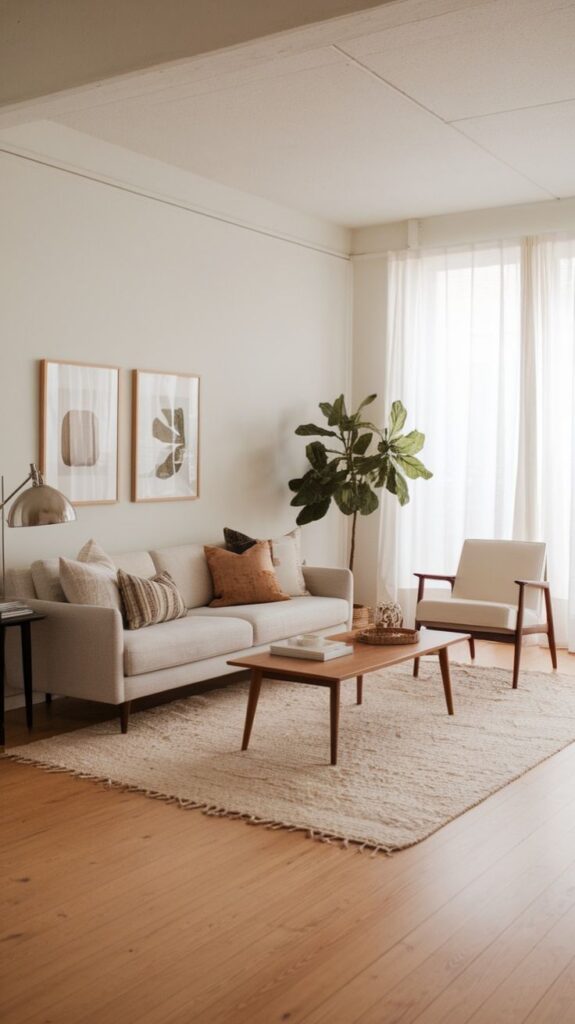
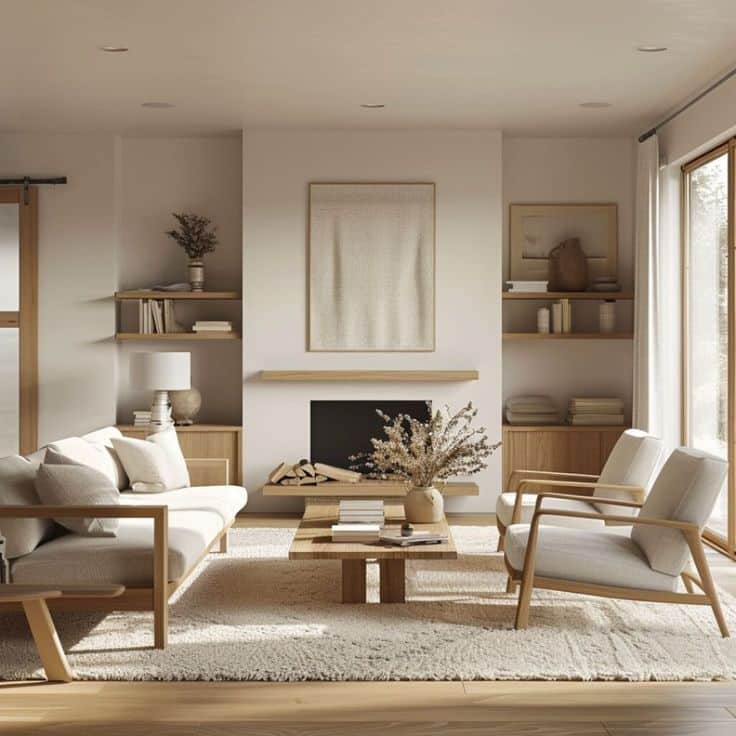
While Scandinavian decor seems straightforward, a few pitfalls can detract from its intended warmth and serenity.
- Going Too Stark: The goal is minimalism, not coldness. If your space feels sterile, you might be missing those crucial textile layers, warm wood tones, or ambient lighting.
- Ignoring Texture: Without texture, a minimalist palette can feel flat. Always remember to layer different materials like wool, linen, wood, and ceramic.
- Over-Decorating: Too many small decorative items or cluttered shelves defeat the purpose of Scandinavian simplicity. Be intentional with every piece.
- Forgetting Functionality: Don’t choose a piece just because it looks “Scandi.” If it doesn’t serve a practical purpose or make your life easier, it probably doesn’t belong.
- Lack of Personality: While the aesthetic is clean, your home should still feel like your home. Integrate personal items thoughtfully.
Conclusion
Transforming your space with casual scandinavian decor isn’t just about rearranging furniture or painting walls; it’s about embracing a mindset that values simplicity, functionality, and well-being. By focusing on light, natural materials, clean lines, and intentional coziness, you can create a home that feels like a peaceful retreat from the outside world. This timeless style encourages you to declutter not just your physical space, but also your mind, fostering a sense of calm and contentment. It’s an investment in a more comfortable, beautiful, and purposeful way of living. So go ahead, start with a fresh coat of paint, gather some natural textures, and light a candle. Your serene, stylish Scandinavian haven awaits.
What is Scandinavian decor and what are its core principles?
Scandinavian decor is a design style originating from Nordic countries that emphasizes minimalism, functionality, natural materials, light and brightness, connection to nature, and coziness or hygge. Its core principles include creating bright, uncluttered spaces with purposeful items, using natural textures, and fostering a calm, inviting atmosphere.
How can I make my home feel more Scandinavian without overspending?
You can achieve a Scandinavian look on a budget by shopping thrift stores for solid wood furniture, creating DIY decor projects like painting furniture or making textiles, focusing on essential pieces, applying a fresh coat of white or light grey paint, incorporating inexpensive plants, and shopping for sale textiles such as linen duvet covers and wool throws.
What are key elements to master the Scandinavian style in my home?
Key elements include a neutral color palette with white, grey, and natural wood tones, natural materials like wood, wool, and ceramics, layered textiles for warmth, soft and warm lighting, indoor plants to connect with nature, and minimal, functional decor and storage solutions that keep spaces uncluttered.
- 17shares
- Facebook0
- Pinterest17
- Twitter0
